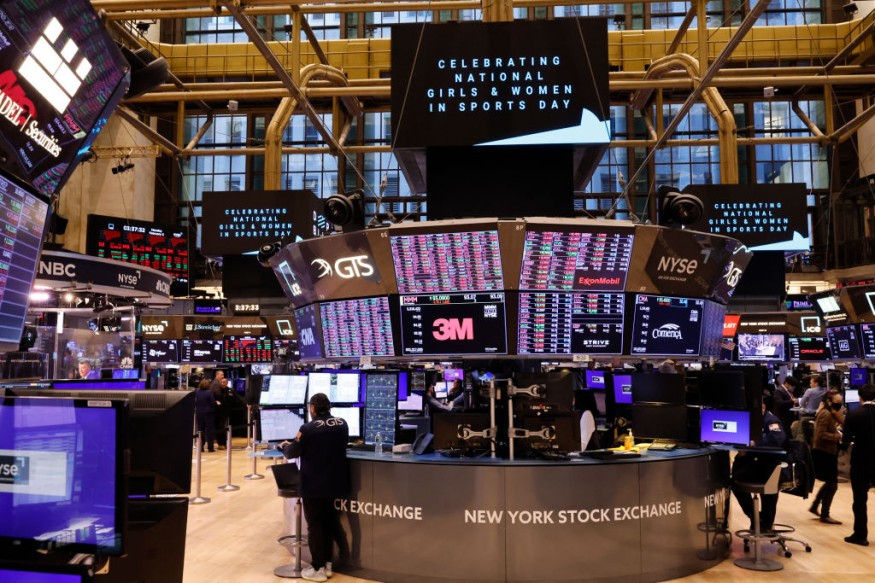Jobs at Risk? Cost Cuts May Lead to Employee Worries and Hiring Freezes
Industry leaders have stated intentions to reduce spending through layoffs and other measures, including at some profitable firms. These companies range from toy and cosmetic producers to office software dealers. Only a handful of the companies that have made job cuts recently include Estée Lauder, Mattel, PayPal, Cisco, Nike, and Levi Strauss, makers of Barbies.

Retailer Macy's said that it will eliminate over 2,300 jobs and liquidate five of its flagship department shops. In addition to United Airlines eliminating first-class meals on some of its shortest flights, JetBlue Airways and Spirit Airlines have announced employee buyouts.
Businesses have been under pressure from investors to keep an eye on their wallets just as consumers do. Executives have made a concerted effort to combat rising costs while simultaneously demonstrating to shareholders that they are responding to normal or even declining customer demand.
Airlines, automakers, media businesses, and UPS, the delivery behemoth, are all analyzing new labor contracts that resulted in cost increases and tens of thousands of worker rises.
Businesses Adapt to Diminished Pricing Power
Businesses used to be able to justify raising prices to consumers who were prepared to spend big money on anything from beach holidays to new appliances. However, CEOs are searching for different methods to manage the budget or squeeze out more profits as a result of firms' diminished pricing power, according to Gregory Daco, chief economist at EY.
The present wave of cost-cutting is not without exceptions. Walmart, for instance, said last month that it plans to build or convert over 150 shops over the next five years, in addition to investing over $9 billion to renovate several of its existing locations.
Also, a few businesses have already made significant layoffs, including banks. In 2023, a group of five of the biggest banks, which included Goldman Sachs and Wells Fargo, collectively terminated almost 20,000 employees. They are currently waiting on the Federal Reserve to lower interest rates, which would free up money for previously planned mergers and acquisitions.
However, cost savings of billions of dollars and tens of thousands of jobs have been revealed in only the first few weeks of the year. Despite being 20% less than a year ago, U.S. corporations reported 82,307 job losses in January, more than twice as many as in December, according to Challenger, Gray, and Christmas.
Financial data are already displaying the tightening from earlier months
Thus far in this earnings season, the data suggests that corporations have prioritized increasing profits above growing sales and making significant price hikes.
By the middle of February, about 75% of the S&P 500 had released fourth-quarter data, showing a significant difference in revenue and profit beats. Based on a composite of S&P 500 firms, the quarter's profits are expected to increase by about 10%. But revenues are up a far more moderate 3.4%.
Although firms have always sought to increase their earnings, this year they have prioritized strengthening their bottom line.
The tech sector has seen a wave of downsizing as businesses adopted Meta's 2023 cutbacks were a major factor in the social media giant's recovery from a difficult 2022, according to several analysts. CEO Mark Zuckerberg declared 2023 to be the "year of efficiency" for the company that created Facebook and Instagram, cutting staff and pledging to continue operating more leanly.
Industry insiders attribute some of the most recent layoffs to businesses taking stock of their operations and getting their bearings after an unprecedented four years brought on by the epidemic and its aftermath.
According to Daco of EY, there has been an imbalance between supply and demand for commodities, services, and even labor throughout the last several years.
With less money spent on experiences and more stimulation from the government, consumers went on shopping binges. Demand for airlines dropped, then shot up. During the early pandemic, businesses furloughed workers and subsequently had trouble filling positions.
© 2025 MoneyTimes.com All rights reserved. Do not reproduce without permission.











